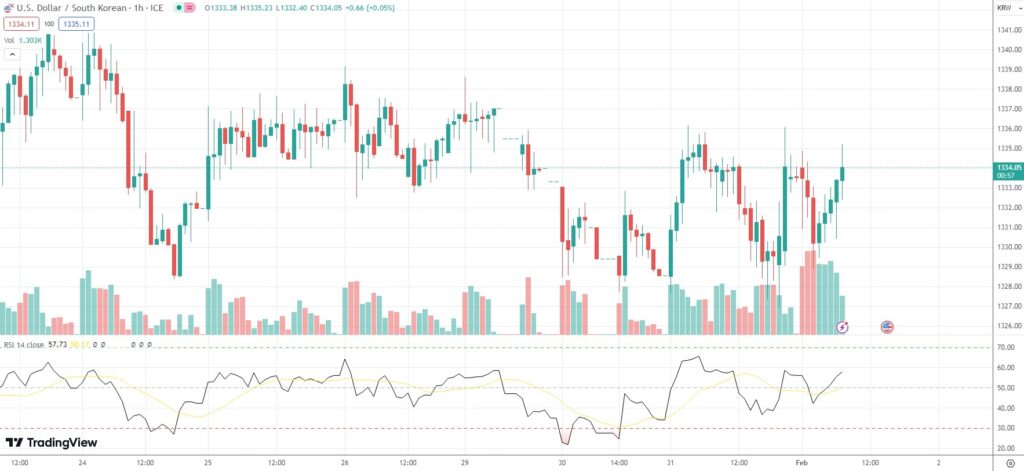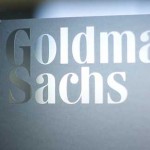Having advanced to an intraday high of 1,329.92 per dollar on the back of upbeat domestic macro data, the South Korean Won gave back those gains later during the Asian session.
The US Dollar remained supported after Federal Reserve Chair Jerome Powell pushed back on the idea an interest rate cut could come as early as March.
The Federal Reserve left its federal funds rate target range without change at a 23-year high of 5.25%-5.50% for a fourth straight policy meeting in January, in line with market consensus.
The Fed Chair said the central bank would continue to make decisions on a meeting by meeting basis, while a rate cut in March was “not the base case.”
“I don’t think it’s likely the committee will reach a level of confidence by the time of the March meeting” to ease monetary policy, Powell said at a press conference following the FOMC decision.
“The Fed’s silence on the timing of their first cuts keeps markets on edge (and) the dollar likely benefits from this delay,” James Kniveton, senior corporate forex dealer at Convera, was quoted as saying by Reuters.
“However, the market’s anticipation of potential cuts later in the year could eventually chip away at the dollar’s resilience. I would say there’s some fear in the market that the Fed are going to take too long to bring down rates, and that will mean they need to move to a lower terminal rate than initially thought.”
Still, the US central bank dropped a reference to further rate hikes from its statement, while noting the risks to achieve its employment and inflation objectives are moving into better balance.
Meanwhile, in terms of macro data, South Korea’s exports reportedly rose 18% year-on-year to USD 54.8 billion in January, outpacing market expectations of a 17.8% rise and following a revised down 5% increase in December. It has been the sharpest annual rate of increase since May 2022, driven mostly by a recovery in semiconductor exports.
Additionally, South Korea’s factory activity expanded for the first time since June 2022 in January, as the nation’s manufacturing industry saw a renewed improvement in operating conditions at the beginning of 2024.
The S&P Global South Korea Manufacturing PMI came in at a reading of 51.2 in January, up from 49.9 in December.
As of 8:06 GMT on Thursday the USD/KRW currency pair was edging up 0.10% to trade at 1,334.86.
The Won retreated 3.03% against the greenback in January, while marking its worst performance since August 2023.






